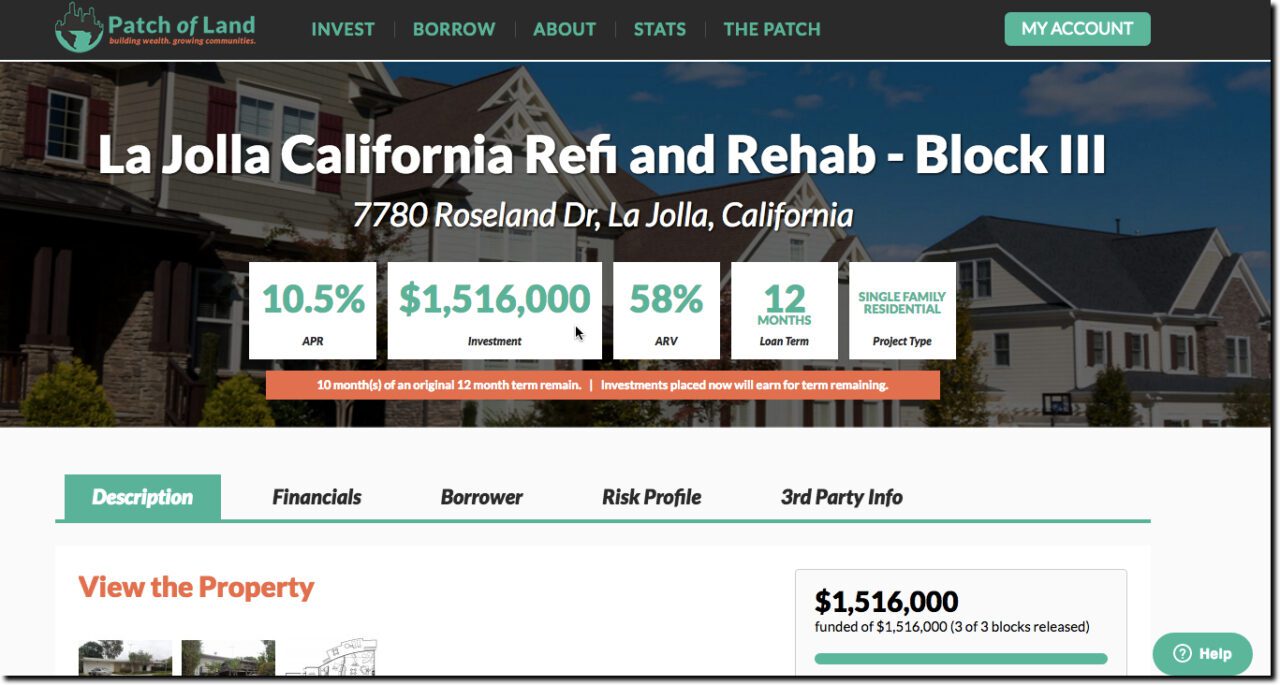 I’ve been denied credit twice.
I’ve been denied credit twice.
The first time, I understood. Sort of. I was starting my first job and had little, if any, credit history. But still, it hurt that my Fortune-50-employer’s credit union wouldn’t give even a $500 credit line to a freshly minted engineer. Luckily, the first big bank I tried had no such qualms and promptly sent me a MasterCard with a $2,000 credit line.
The second time, 25 years later, made zero sense. I’d received something like 100 direct mail preapproved offers from this issuer before I finally said yes to one. Yet, I was rejected online when I went to accept it and again when I called to appeal. They wouldn’t say why, but it was likely related to that curse of the loan applicant, self-employment (see note 1).
So, as a consumer and especially as a small biz owner, I’ve always had a bit of a love-hate relationship with banking credit departments (note 2). Having worked in credit/loan product management, I am sympathetic to the tricky underwriting concerns behind the scenes. Granting credit is like being a parent. You have to learn to say “no” a lot.
But also like a parent, you must say it tactfully and respectfully to maintain a healthy relationship. And that’s where many financial institutions lose points.
The reason I bring this up is that I’m in the middle of a refi with a top-10 bank. I originally chose them for my home loan five years ago because of its world-class online mortgage application process and great reputation. But that original note comes due in February, so I must refi once again. I’ve been happy with this company, so I decided to stay with them, even though they weren’t the lowest rate. I hoped that being a long-time customer (14 years) with three deposit accounts, a business credit card (4 years), a personal credit card (3.5 years), and a mortgage (4.5 years) would ease the process.
And maybe it has. But they can sure make me feel like an idiot along the way. The mortgage process began two months ago, via a phone application. And trust me, it could not have been a more cookie-cutter deal in terms of LTV, debt-to-income ratios, credit scores and such. The only complicating factor, underwriting wise, and I guess it’s a huge one, is that I own a substantial stake in a small business.
During the past two months I’ve uploaded 23 documents including explanatory letters, tax returns, and so forth. But here I am at day 66, and I still have no idea if the refi will go through, especially given that it’s past the original lock expiration, a situation they’ve been “looking into” for 4 days (note 3).
Not once has the bank reached out through email to apologize for the delays, or to thank me for continuing through the maze of documentation, or even to provide a simple loan status report (note 4). I have gotten a couple voicemails from the original sales rep asking me for more info, and generally he’s done a good job of being upbeat.
I understand the documentation rules for conforming loans are onerous these days and the bank is not making the rules, only enforcing them. But I feel completely disrespected at this point. And even if this one eventually goes through (note 5), I would be highly unlikely to do another loan with them, nor would I recommend them to someone else. And this is a company that I’ve lavished praise on both in private and in public for a decade and a half.
It doesn’t have to be that way. Here’s how to be a good partner when your customers ask you for money:
1. Educate
Declining someone’s loan application can create huge relationship problems. I’ve never seen the research, but I think it’s safe to say the attrition rate of declined customers is higher than approved ones. So the best way to save declined customers from leaving is to stop them from applying for the loans in the first place (note 3). Good consumer education, including specific information on the applicant’s credit score and likelihood of being approved, is important.
2. Say thanks
Even though customers are asking you for money, this is actually what keeps the lights on at most banks, so THANK CUSTOMERS profusely in multiple channels.
3. Keep in touch
No one asks for a loan just for the fun of it. And in most cases, time is of the essence. If you have to say no, do it fast. If you are saying, yes, then help them understand the process, deadlines, and expected closing date at every step of the way. If you can swing it cost-wise, maintain real-time status online AND , even more important, communicate every business day as to where the loan stands. It costs approximately ZERO to email your customers. Why would you not?
4. Offer alternatives
If you have to say no, offer alternatives. When my credit union turned down 22-year-old me for a credit card, they could have retained my business if they had offered a co-signed card option and/or a secured  card with a migration plan to unsecured credit. If there are no reasonable alternatives within your product set, send them to others who may be able to help.
card with a migration plan to unsecured credit. If there are no reasonable alternatives within your product set, send them to others who may be able to help.
5. Be empathetic
Applying for a loan is a humbling activity. No matter who you are, you can still be rejected (see Ben Bernanke’s recent experience). Sure, it may not be your fault. The secondary market investors, having been burned in 2008/2009, are MUCH stricter on the documentation front. And it’s understandably frustrating for banks and their mortgage employees. But don’t pass that irritation on to your customers. You are the trusted advisor. Act that way.
———————
Picture credit: eBay
Notes:
1. Along the same lines, our company has been stonewalled when seeking commercial lines several times. The bank doesn’t outright say no, they just keep asking for more documentation until we finally lose interest.
2. That said, I don’t want to sound completely ungrateful. The mortgages, home equity loans and so forth, have allowed us to purchase a home that has appreciated nicely and to drive cars that don’t need repairing. So overall, I’m grateful to the credit grantors that have taken us under their wings.
3. Because the bank has been so slow in making underwriting decisions, the original 60-day lock has expired and they want an extra $1200 for a lock extension, even though I’ve met every paperwork requirement on schedule. It’s 100% their fault for taking so long. My request for a waiver of this penalty was “sent to management” a few days ago, but naturally I’ve heard nothing.
4. They do have an online mortgage system that helps track
what’s going on, but it doesn’t appear to be accurately reflecting the real status. Several of my doc uploads show a big “rejected” flag, but no one has asked me about them.
5. WARNING: This is a regulatory minefield. You have to be super careful not to show any bias in the application process, especially when discouraging a consumer from applying.
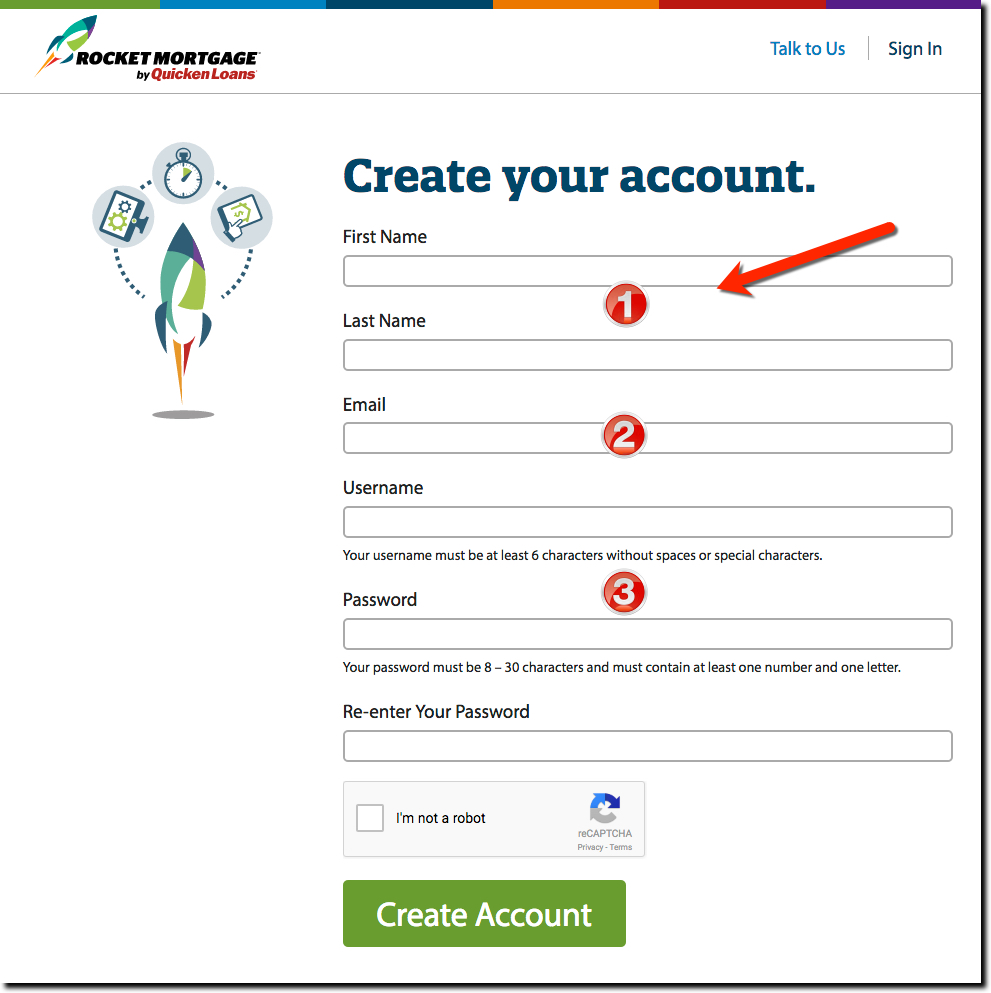
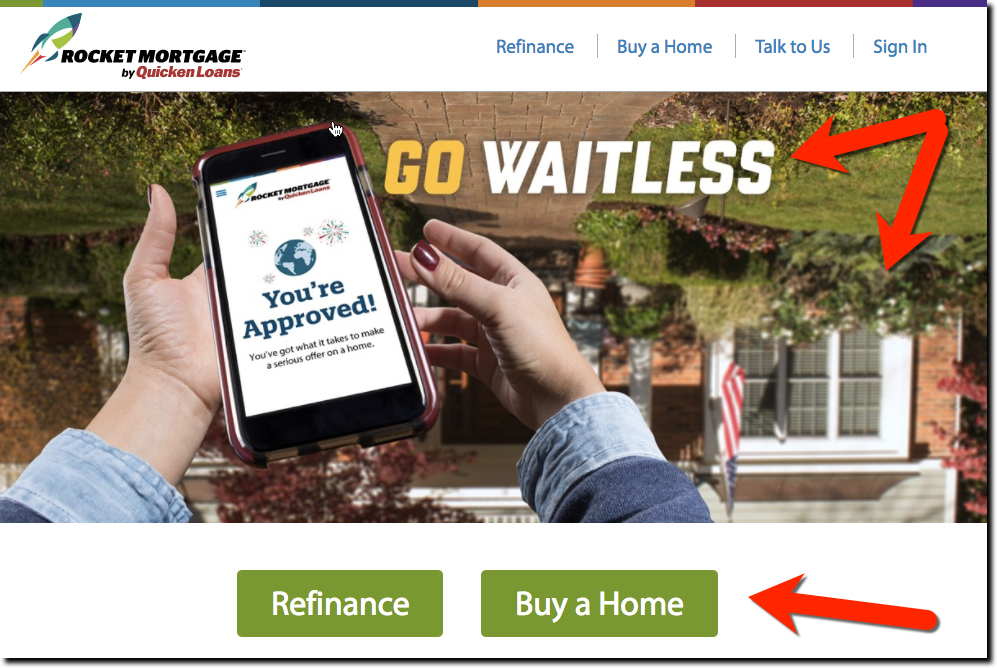
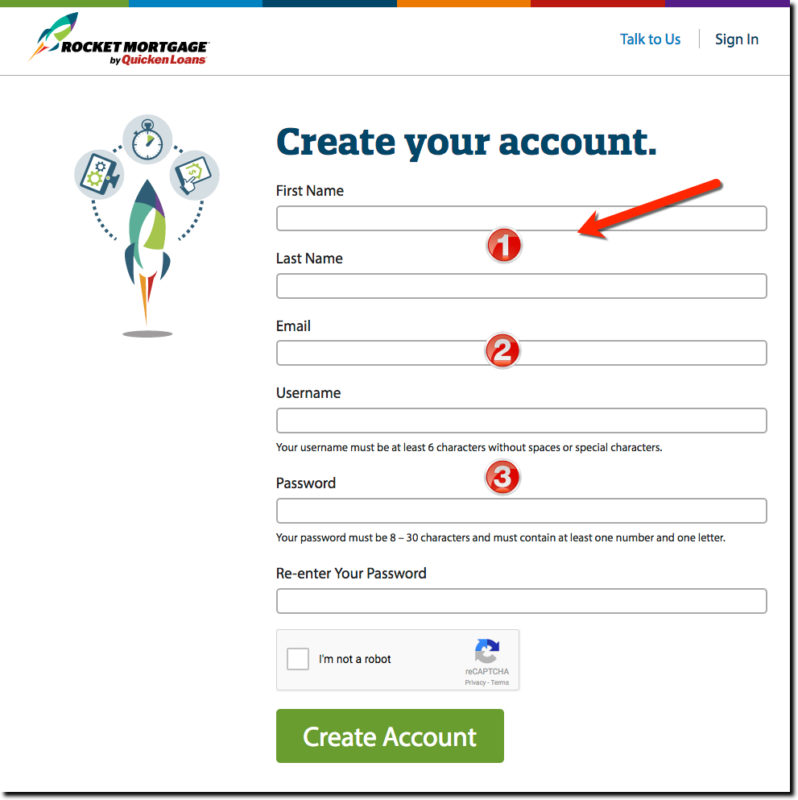

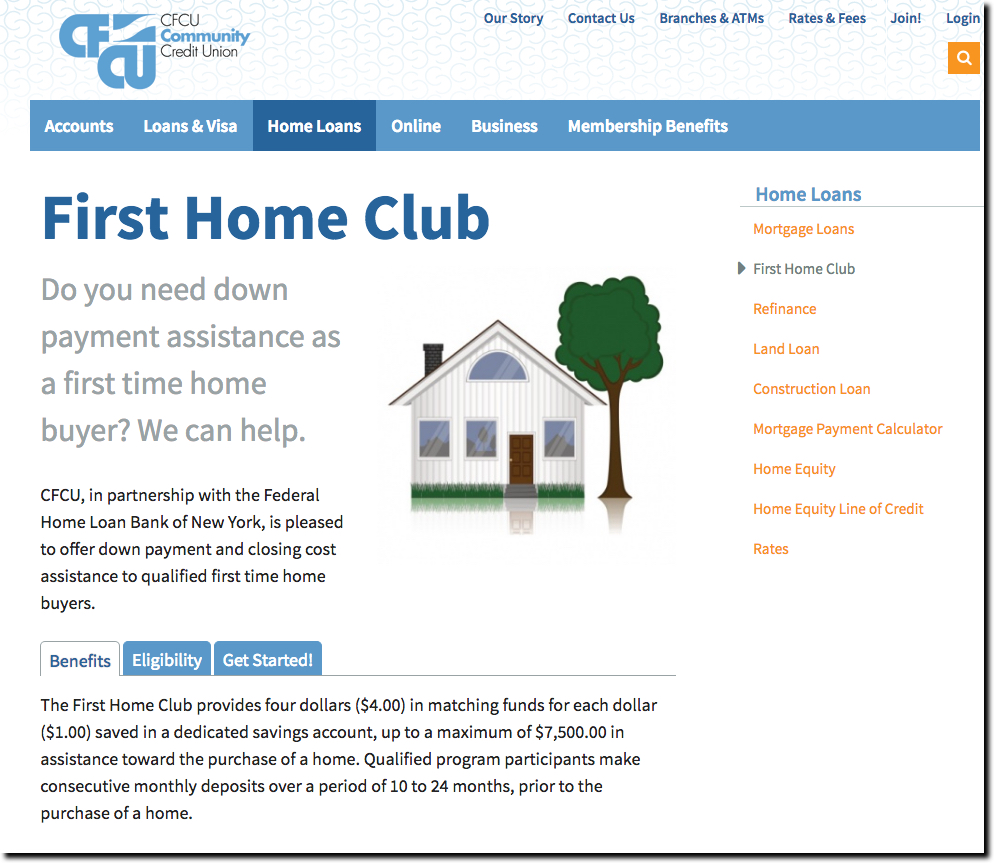


 The bank isn’t commenting on this particular loan application, so we don’t know if there are other extenuating circumstances. Perhaps the couple had a debt go into collection or other credit problems. But since I’ve personally run into similar problems while maintaining excellent credit, I believe the couple’s story is probably accurate.
The bank isn’t commenting on this particular loan application, so we don’t know if there are other extenuating circumstances. Perhaps the couple had a debt go into collection or other credit problems. But since I’ve personally run into similar problems while maintaining excellent credit, I believe the couple’s story is probably accurate.